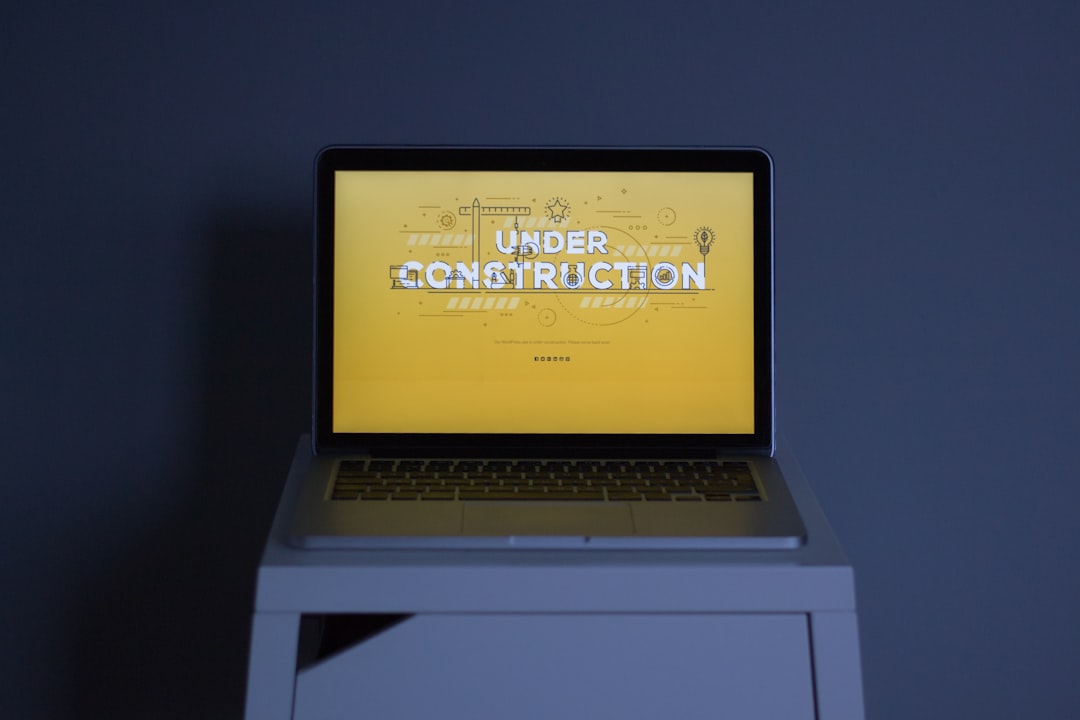No products in the cart.
Uncovering Hidden Career Paths in UX/UI Design
Unlock the potential of hidden career paths in UX/UI design. Discover how to identify and seize unconventional opportunities.
San Francisco, California — The tech industry is evolving rapidly, and within it, UX/UI design is experiencing a transformative shift. As companies prioritize user experience more than ever, hidden career paths are emerging, offering opportunities that extend beyond traditional roles. Navigating these paths requires not just skill but also strategic insight.
Many professionals in UX/UI design may feel confined to familiar roles such as user interface designer, user experience researcher, or product designer. However, the landscape is shifting. A growing emphasis on holistic user experience has led to the creation of unconventional roles like experience architects, design strategists, and even data-driven UX researchers. These positions blend technology with creative problem-solving, appealing to a broader range of skills and interests.

Identifying these opportunities demands a proactive approach. Industry analysis and networking intelligence are crucial. According to a report by the Interaction Design Foundation, the demand for UX/UI professionals is expected to grow by 22% through 2030, significantly outpacing the average for other occupations [1]. This growth heralds a wave of new positions and opportunities for those willing to look beyond the conventional.
Opportunity Research: Understanding the Terrain
To uncover hidden paths, start with comprehensive opportunity research. This involves exploring emerging trends within the UX/UI design industry. For instance, the rise of artificial intelligence has spurred the need for designers who can create intuitive interfaces for AI-driven applications. Understanding how these trends impact user experience can help professionals position themselves strategically.
Moreover, engaging with communities such as UX design forums, local meetups, and online platforms like LinkedIn can provide insights into evolving roles. Networking with industry veterans can reveal unadvertised positions and provide guidance on skill development. A survey by Adobe indicates that 76% of creative professionals believe networking is essential for career advancement [2].
A survey by Adobe indicates that 76% of creative professionals believe networking is essential for career advancement [2].
Industry Analysis: Recognizing Patterns
Analyzing industry patterns is another crucial step. Companies are increasingly seeking interdisciplinary candidates who can combine UX/UI skills with other domains such as marketing, psychology, and data analysis. For example, a UX designer with a background in behavioral psychology can better understand user motivations, enhancing the design process.
Furthermore, organizations like Nielsen Norman Group provide valuable research and insights into user behavior, helping designers make informed decisions. This type of knowledge is invaluable when positioning oneself for roles that may not fit the traditional mold. Understanding these patterns allows professionals to articulate their unique value proposition to potential employers.
Path Identification: Mapping Your Journey
Once you have conducted thorough research and analysis, the next step is path identification. This involves mapping out potential career trajectories based on your skills and interests. Consider what excites you within UX/UI design. Are you drawn to user research, or do you have a passion for interaction design? Defining your interests can help you target specific roles that align with your career aspirations.
Another strategy is to look at job descriptions for roles that interest you. Identify common skills and qualifications. This will help you determine any gaps in your expertise and enable you to seek targeted learning opportunities. Online platforms like Coursera and Udacity offer courses in specialized areas, such as UX writing and design systems, which can help you build the necessary skills.
Strategic Positioning: Standing Out in a Competitive Market
With a clear path in mind, strategic positioning becomes paramount. Tailoring your portfolio to highlight relevant projects and skills is essential. A well-crafted portfolio should not only showcase your design work but also illustrate your thought process and problem-solving abilities. Case studies that demonstrate your impact on user experience can set you apart.
Moreover, consider building an online presence through personal branding. Sharing insights and experiences on platforms like Medium or creating a professional blog can establish you as a thought leader in the field. Engaging with the UX/UI community on social media can also enhance your visibility and attract potential employers.
This involves mapping out potential career trajectories based on your skills and interests.
Finally, consider seeking mentorship. A mentor can provide invaluable guidance and feedback as you navigate your career path. Research indicates that mentored individuals are more likely to advance in their careers and take on leadership roles [3].
Looking Ahead: Embracing the Future of UX/UI Design
The future of UX/UI design is bright, with numerous opportunities awaiting those who are willing to explore beyond traditional boundaries. As technology continues to evolve, so too will the roles within this field. Professionals must remain adaptable, continuously updating their skills to meet the demands of the market.
In conclusion, the key to unlocking hidden career paths in UX/UI design lies in proactive research, strategic networking, and continuous learning. By embracing these principles, you can position yourself for success in a dynamic and ever-changing industry. The time to act is now; the future of design is yours to shape.











